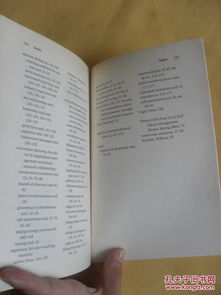
Content:
Fishing is a popular hobby that brings relaxation and enjoyment to people of all ages. Whether you are planning to spend a day by the lake or a weekend on the river, it is essential to have the right equipment. One of the most crucial components of your fishing gear is the bait float. In this article, we will provide you with a comprehensive guide on how to install a fishing bait float for beginners.
Understanding the Purpose of a Bait Float
Before we dive into the installation process, it is important to understand the purpose of a bait float. A bait float is a device used to control the depth at which your bait or lure is presented to the fish. It is designed to float on the water's surface and can be adjusted to different depths depending on the fish you are targeting and the conditions of the water.
Types of Bait Floats
There are several types of bait floats available in the market, each designed for specific fishing scenarios. Here are some common types:
- Sinker Floats: These floats are used to sink your bait to a specific depth. They come in various sizes and shapes, depending on the type of fishing you are doing.
- Bubble Floats: These floats are designed to keep your bait or lure in the surface film, which is often where fish are feeding.
- Sliding Floats: These floats can be moved up and down the line to change the depth of your bait.
- Sliding Bait Floats: Similar to sliding floats, these are designed to be used with a fixed-line rig.
How to Choose the Right Bait Float
When selecting a bait float, consider the following factors:
- Size: Choose a float that is large enough to be visible in the water but not so large that it will hinder your fishing experience.
- Shape: Different shapes are suitable for different types of fishing. For example, a round float is ideal for surface fishing, while a pencil-shaped float is better for deeper water.
- Color: Bright colors can be more visible in murky water, while natural colors are better in clear water.
Installing the Bait Float
Now that you have chosen the right bait float, let's move on to the installation process. Here are the steps to follow:
- Attach the Float to the Line: Begin by attaching the float to the line using a strong knot, such as an improved clinch knot or a blood knot. Make sure the knot is tight and secure.
- Add Weight: Depending on the type of float you are using, you may need to add weight to ensure it sinks to the desired depth. This can be done by inserting split shot or a weight on the line above the float.
- Adjust the Depth: To adjust the depth, you can slide the float up or down the line. If you are using a sliding float, you can also adjust the position of the sliding clip.
- Check the Setup: Once the float is in place, take a few practice casts to ensure the float is stable and not prone to flipping over. Adjust the weight or position of the float as needed.
Additional Tips
- Practice Casting: To improve your casting technique, practice casting with your float rig. This will help you become more comfortable and accurate in presenting your bait to the fish.
- Be Patient: Remember that fishing is a patience game. Take your time to observe the water and the behavior of the fish before making adjustments to your bait float.
- Stay Informed: Keep yourself updated with the latest fishing techniques and tips. This will help you become a better angler and increase your chances of catching fish.
In conclusion, installing a bait float is a crucial step in your fishing journey. By following the steps outlined in this guide, you will be well on your way to mastering the art of fishing. Happy fishing!












